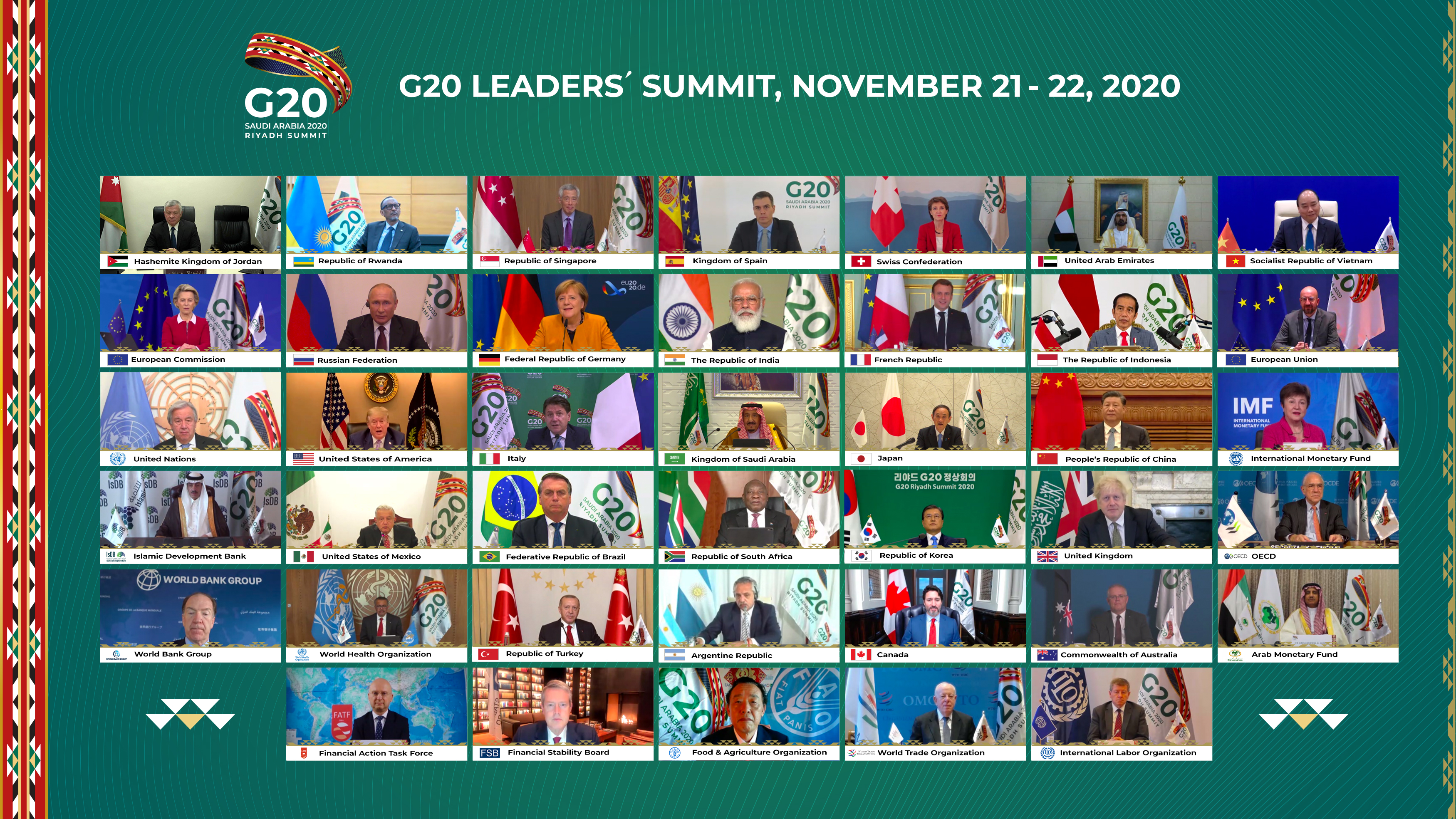1136 results found
Featured results



More results

Regulatory capital frameworks require banks and insurers to put aside more capital for infrastructure investments than is warranted by their historical credit performance


The infrastructure supply gap is significant, but by focusing on four key deliverables, the G20 can support and establish new, technology-based critical networks that would be resilient in future crises.
Leaders of the G20 have met for the last time under the Saudi Presidency to address the most pressing challenges of our times, with the vision to take further steps to overcome the pandemic while building an inclusive, sustainable and resilient future for all.


Meet four women leaders who are transforming infrastructure development in Latin America.
Meet four women leaders who are transforming infrastructure development in Latin America (Spanish translation).
Meet four women leaders who are transforming infrastructure development in Latin America (Portugese translation).
Find out what needs to change in the workforce to meet future needs of the construction industry.
53 members of our InfraTech Leaders Ecosystem – from more than 25 public and private entities – met for the first time to discuss ‘quick wins' and strategic priorities based on the World Bank's InfraTech Policy Toolkit, developed earlier this year to support the Riyadh G20 InfraTech Agenda.
Asia long faced a gap of investment capital available for infrastructure projects
In 2005, DC Water entered into an agreement with the EPA, establishing a 20 year plan worth c. USD 2.6B in planned investments to reduce 1 Combined Sewer Overflows (CSO) by 96%
The development of credit ratings for loans in emerging countries is critical for accessing capital markets
The African Development Bank (AfDB) is mandated to drive social and economic development in Africa through multiple project types including infrastructure
Residents in Bangalore were facing water shortages and had to cope by relying on ground water and paying premium prices for water from privately plied water tankers



An introduction to our new blog series on policy implications related to key data findings from Infrastructure Monitor.
Digital technology to enable regulators to measure water abstracted and use data for compliance and enforcement purposes.
Remote sensors, UAVs and satellite technologies to monitor water bodies for algal blooms and provide early warnings of potential health risks to the general public.
Smart meters collect and transmit real time water usage data from users, which can be used for billing, improve water efficiency and enhance customer experience.
Drone technologies can enable remote inspection of infrastructure, thereby improving safety by eliminating hazardous tasks previously done by humans.
A combination of digital solutions and treatment technologies can enable last-mile access to clean water through water kiosks and smart metering.




 Infrastructure Outlook
Infrastructure Outlook













